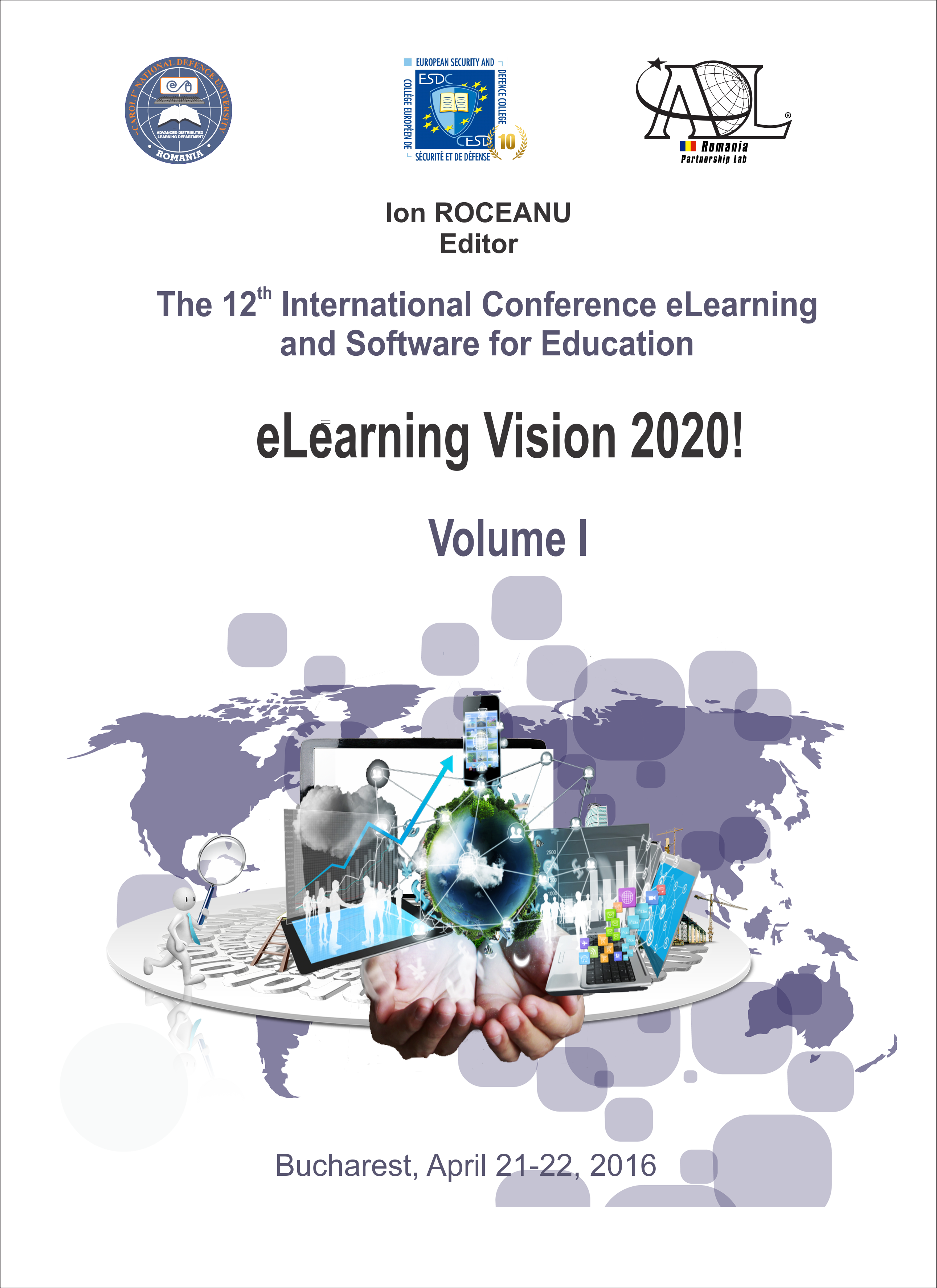CREATING A MOBILE APPLICATION ON ANDROID PLATFORM FOR AN E-LEARNING SYSTEM OF RESOURCE MANAGEMENT FOR A HISTORIC SITE WITH ARCHAEOLOGICAL AND ARCHITECTURAL COMPONENTS
CREATING A MOBILE APPLICATION ON ANDROID PLATFORM FOR AN E-LEARNING SYSTEM OF RESOURCE MANAGEMENT FOR A HISTORIC SITE WITH ARCHAEOLOGICAL AND ARCHITECTURAL COMPONENTS
Author(s): Radu Rădescu, Victor PavelSubject(s): Media studies, Communication studies, Theory of Communication, ICT Information and Communications Technologies
Published by: Carol I National Defence University Publishing House
Keywords: Learning Technologies; Virtual Management Systems; Complex Databases; Mobile Platforms; Interactive Application;
Summary/Abstract: This paper presents an interactive e-learning solution for Android mobile platform as an app for managing archaeological and architectural sites useful to students in architecture, archaeology, restoration, history, surveying and civil engineering. The app connects to a web server and performs user authentication or registration to a database. Once authenticated, the user can scan QR codes associated to items of the site in order to access records from the database, view the map with the records already stored in the database, and add a new entry or edit an existing entry. The app is developed as part of the RM360 project, a complex leaning and management system designed for the site of Roşia Montană (Alba County). The system includes a database, a web interface, two apps for mobile devices and a web server. The present app was created for Android platform where users can view, modify or add entries to the database of site items. The RM360 management and learning system is designed to be used in an archaeological site that contains various architectural objects and historical monuments. Each item of the site is assigned a specific identification number encoded as a QR code. The QR code is prominently placed on the building so that any visitor to the site can use the app to find out more information about the monument in front of him/her. After scanning the QR code and viewing the corresponding sheet from the database, the user could notice inconsistencies regarding the actual conservation status of the item and conservation status described in the database. In this situation, the user can help to update the database through an amendment to the app and sending it to the web server. An administrator will then check and save data changes in the database if they are correct. Another feature of the app is to view the map sheets of existing items in the database, along with the user's location.
Journal: Conference proceedings of »eLearning and Software for Education« (eLSE)
- Issue Year: 12/2016
- Issue No: 01
- Page Range: 251-258
- Page Count: 8
- Language: English

